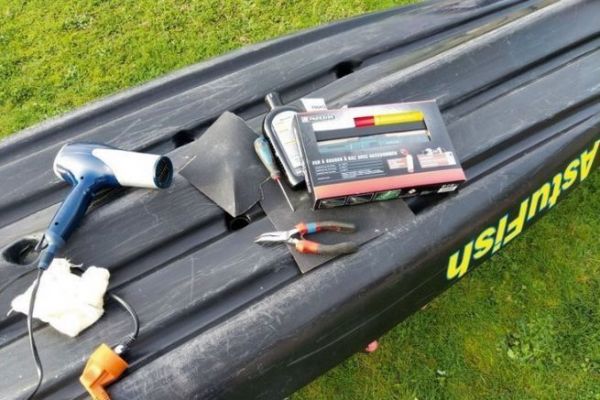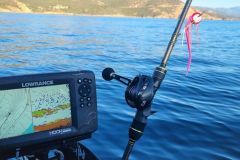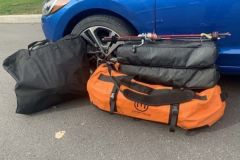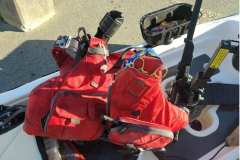This is all the more necessary as our fishing kayaks are becoming increasingly technical. Many accessories are fitted, various propulsion systems are used and all this equipment has a certain cost. So, to ensure that it lasts as long as possible, you need to take good care of it. This care doesn't have to be confined to the winter period.
After each outing, it's a good idea to rinse off everything that's been on the water. Salt is the enemy of all your gear.
Care of hull and accessories
Rinsing with cold water after fishing is already a good thing, but it's not enough. A hot water rinse will dissolve the salt thoroughly. When I start this maintenance, I start by dismantling everything that's screwed on. Accessory rails, trays, access hatches... This allows me to thoroughly rinse the inserts, for example, or the areas under the rails where the salt will settle. Before reassembly, a little universal grease on all threads is a plus and will help protect the threads over the next season and make the next disassembly easier. Once all accessories have been reassembled, and any that have been weakened replaced, it's a good idea to dry your kayak properly, especially inside. Store it upside down, hatches open, in a well-ventilated area, or use a hairdryer to blow hot air inside. Once the hull is clean, it's time to tackle the accessories.
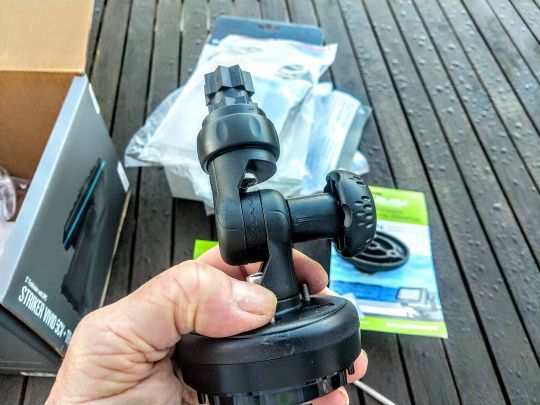
Cane holder, screen support platform, paddle... You can put them all in the bathtub and wash them in hot water too.
Maintaining propulsion
Take advantage of this calm weather to maintain your propulsion system, and contact your dealer for an exploded view of your propulsion system. You'll also find them available on the net, through brand pages or forums. There are also many You Tube videos on the subject. For these systems, you need to go further than a simple flush. A complete disassembly is required to check the condition of moving parts and replace them if necessary. Bearings, blades, propeller drive, pedals - don't miss a thing.

A word of advice: you need to get in early enough for this propulsion maintenance. Even if most dealers have a stock of spare parts, they sometimes have to be ordered, and depending on the part, this can take a little time.
Tissue care
By fabrics, I mean all fabrics. Clothing, of course, which is rinsed every time you return. If you're not coming out of winter, remember to talcum powder all neoprene parts, and store your clothes in a dry place on hangers, away from all humidity. In fabrics, I'm also talking about the vest. The classic pocket vest should be washed in hot water with a brush in the bathtub. I use a mixture of detergent and sodium percarbonate. Insist on all zippers. Rinse several times. Once dry, rub the zippers with Marseille soap. Store your vest on a hanger in a dry, well-ventilated place.
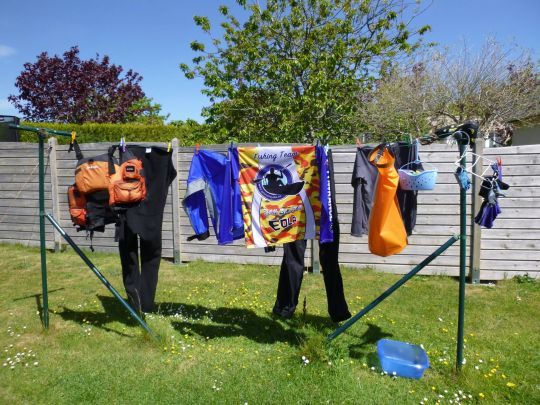
For percussion vests, wipe the unrolled vest with a damp sponge. Check percussion elements for expiration date. Replace if necessary.
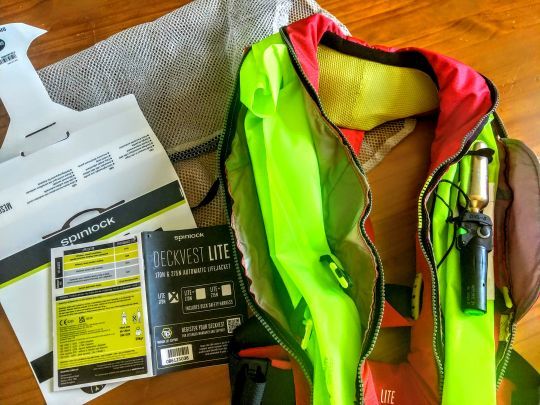
Don't forget the seat fabric, most of which can be completely disassembled. If not, do the same as for the vest, bathtub. Here too, it's important to keep it dry.
Think electronics too
Check plugs for traces of verdigris: over time, this can weaken plugs to the point of breaking them when plugged in. Once clean, apply specific contact solvent. This will keep the battery charged. Again, if it's not going to be used for several months, check the charge. If it's stored in the cold, in a garage for example, there's a risk of discharge, so recharge it ...
You've done the trick, your mount is ready for the next season and you can go out with peace of mind, you've put all the chances on your side to avoid problems. And above all, if a window of opportunity arises between now and spring, jump on it!
